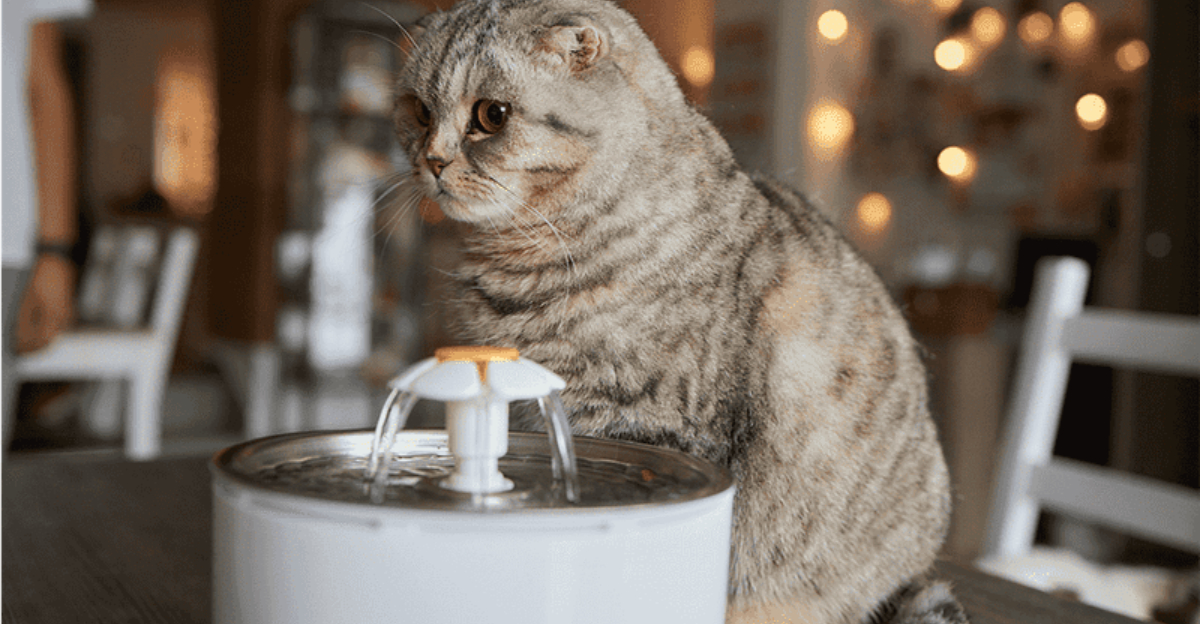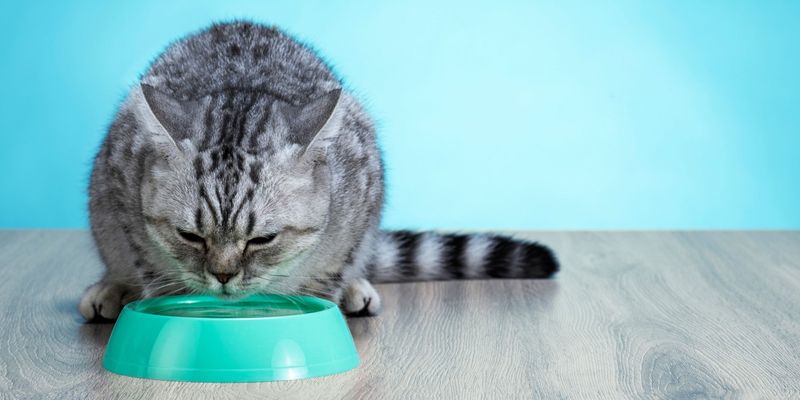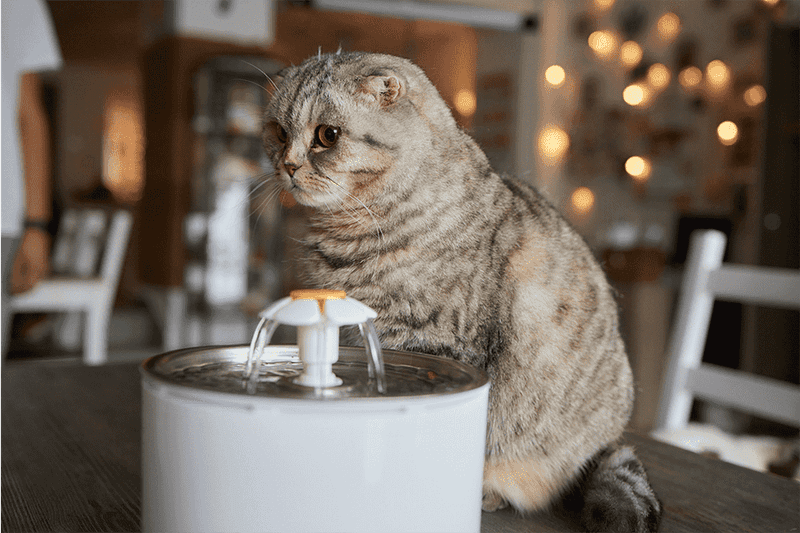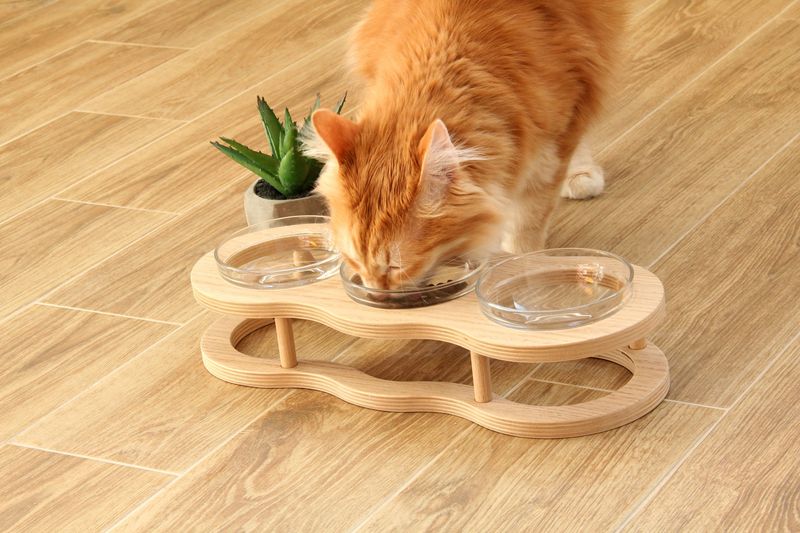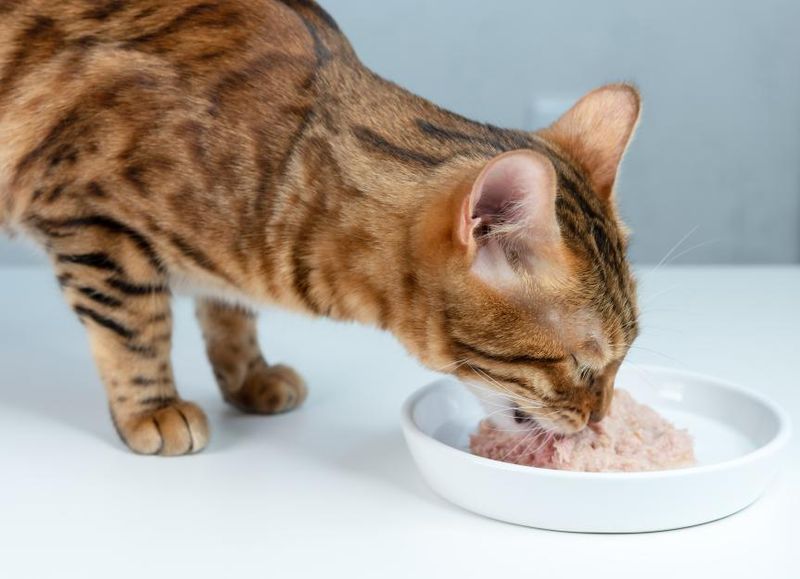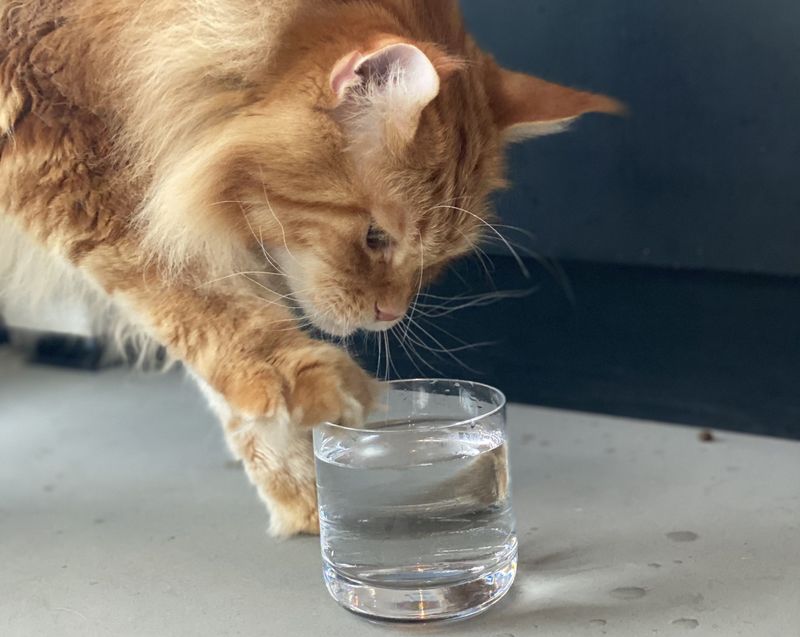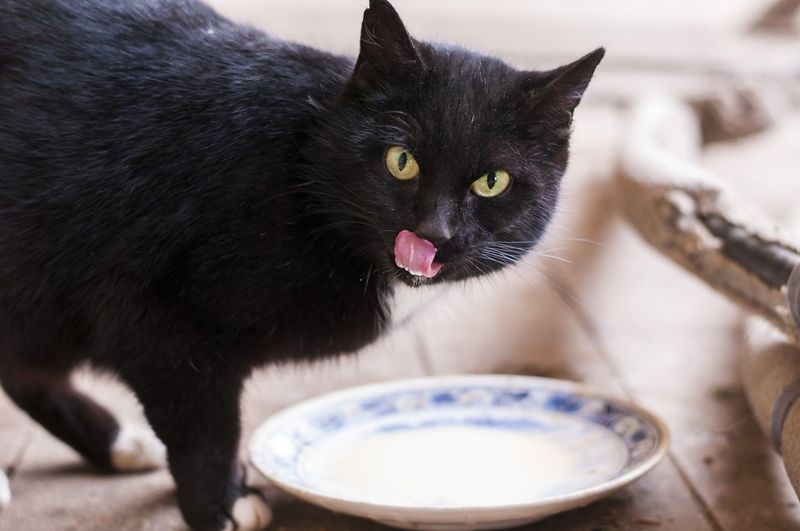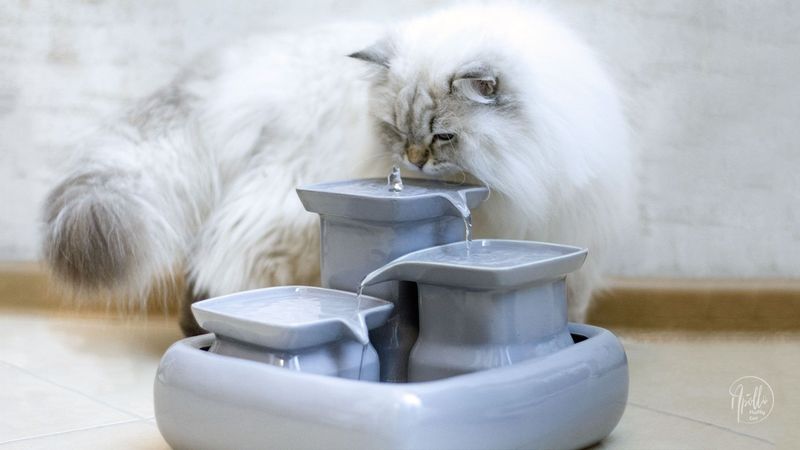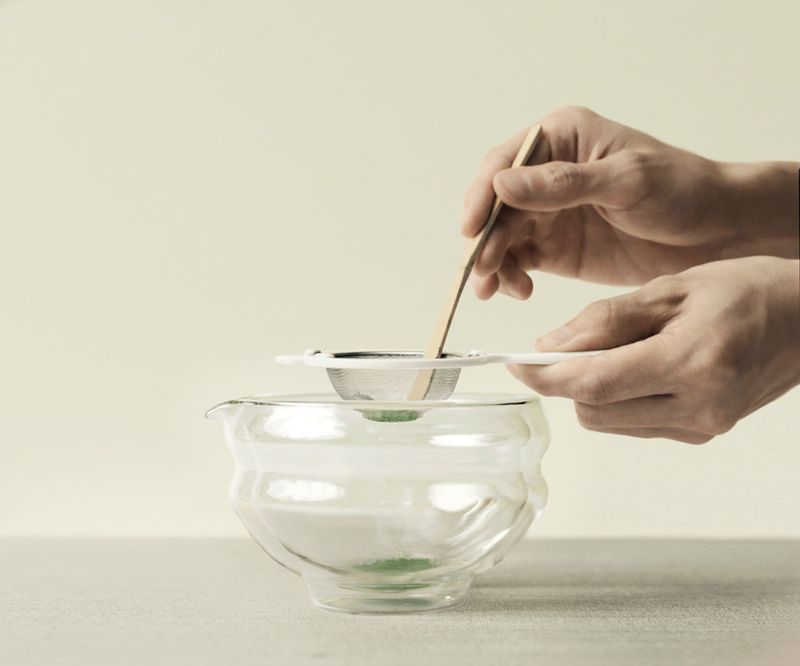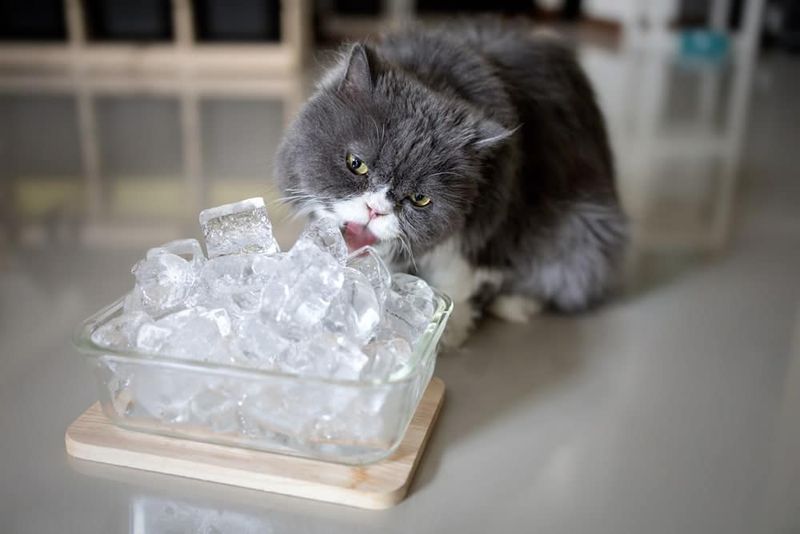📖 Table of Content:
Cats are notorious for being low-drinkers, which can be problematic since proper hydration is essential to their kidney function, digestion, and overall health. Unlike dogs, felines descended from desert-dwelling ancestors who got most of their moisture from prey—so many modern housecats don’t feel compelled to drink from a bowl the way we might expect. This can lead to chronic dehydration, especially in cats fed primarily dry food.
While your cat may seem perfectly healthy lounging in a sunny window or pawing at toys, hidden hydration issues can creep up quietly. Over time, insufficient water intake can lead to urinary tract infections, kidney disease, or bladder stones—conditions that are both painful for your cat and costly to treat. Fortunately, there are many simple, proactive strategies to encourage your feline friend to drink more water.
In this article, we’ll explore seven effective tips to improve your cat’s hydration habits, along with three smart alternatives to the traditional water bowl. From swapping in fountains to adjusting the placement of your cat’s drinking stations, these practical ideas are designed to match a cat’s instincts and preferences. Let’s get those whiskers wet—in a good way!
1. Freshen Water Daily
Keeping water fresh may sound obvious, but it’s often overlooked in busy households. Cats have a keen sense of smell and can detect subtle changes in water quality that we might miss. If the bowl smells off or has been sitting too long, your cat might simply skip it. A quick rinse and refill once or twice daily ensures the water stays clean and inviting. Make it a routine—perhaps tied to feeding time—to reinforce the habit. Your cat will appreciate the consistently clean source, and you’ll prevent bacteria or slime buildup. It’s a small change with a big impact.
2. Multiple Water Stations
Strategically placing water bowls around your home can significantly increase your cat’s drinking opportunities. Don’t rely on a single bowl in the kitchen—cats might ignore it if it’s inconvenient or too close to busy areas. By having water available in quiet corners, next to favorite sleeping spots, or even near windows, you gently nudge your cat to drink more often. Think of it like hydration “ambush points” where a thirsty kitty might be tempted without even realizing it. Different bowl types at each station can also pique curiosity. The goal is to make water access effortless and appealing. This is especially helpful in multi-cat households.
3. Use Wide, Shallow Bowls
Not all bowls are created equal—particularly in the eyes (and whiskers) of your cat. Whisker fatigue is a real phenomenon where overly deep or narrow dishes irritate your cat’s sensitive facial whiskers. Instead of lapping up water, your cat might hover or walk away entirely. Switching to wide, shallow bowls eliminates this discomfort and makes drinking a more pleasant experience. Ceramic or stainless steel bowls often provide the best shape and feel. Observe your cat’s behavior to spot signs of bowl aversion like tentative drinking or head tilting. Something as basic as bowl design can make a surprising difference.
4. Add Flavor to Water
Enticing your cat to drink more can be as simple as a touch of tasty enhancement. A few drops of tuna juice (in water, not oil), low-sodium chicken broth, or bone broth can make plain water irresistible. Always avoid anything with onion, garlic, or artificial additives—they’re toxic to cats. Test small amounts first to see what your cat prefers. You’ll likely find a flavor that works as a treat and hydration booster in one. This trick is especially helpful for older cats or those recovering from illness. Just remember to clean flavored water bowls regularly to avoid bacterial growth.
5. Feed Wet Food
Increasing moisture through food is one of the most effective ways to support your cat’s hydration. Unlike dry kibble, which contains about 10% water, canned food can be up to 80% moisture. That means a single serving gives your cat both nourishment and hydration. If your cat resists the switch, try mixing in a bit of warm water or a spoonful of broth to enhance the aroma and texture. Over time, many cats adapt and come to love wet meals. This method is especially vital for cats prone to urinary issues. You’re feeding and hydrating in one simple move.
6. Keep Bowls Away from Litter & Food
Surprisingly, your cat may be avoiding its water bowl simply because of where it’s placed. In nature, cats don’t like to drink near where they eat or eliminate—a survival instinct that helps them avoid contamination. If your water bowl sits beside the food dish or litter box, consider relocating it. Try placing it in another quiet room or near your cat’s favorite lounging spot. You’ll likely notice a spike in interest. Cats feel more comfortable when their hydration source feels “clean” and separate from other activities. Small adjustments in location can yield big hydration gains.
7. Monitor Water Intake
Understanding how much your cat is drinking is key to managing long-term health. You can mark the water line daily with a dry erase marker or invest in a smart fountain that tracks usage. Fluctuations—either sudden drops or increases—can signal issues like kidney disease or diabetes. Make a habit of casually observing how often your cat drinks and from where. Some cats might prefer faucets, others might be sneaking water from unintended places like plant trays. Monitoring allows you to respond early if something seems off. It’s part of being an attentive, proactive cat parent.
1. Cat Water Fountains
There’s something mesmerizing about running water, and cats agree. A cat water fountain provides continuous circulation that not only keeps water fresh but also taps into a cat’s instinctual preference for moving water sources. These fountains often include filters, reducing odors and bacteria that might deter your pet. If your cat tends to paw at faucets or hang around the sink, a fountain might be exactly what they need. Set it up in a quiet spot and clean it regularly to prevent mold. Many cats take to it within days—some even play with it. It’s both practical and enriching.
2. Glass or Ceramic Dishes
Materials matter more than you’d think when it comes to feline hydration. Plastic bowls can retain odors, scratches, and bacteria, which can be a turnoff for sensitive cats. By switching to ceramic, glass, or stainless steel, you eliminate lingering smells and create a neutral-tasting surface. These materials are also easier to clean and more durable. Your cat may be more willing to drink from a bowl that feels and smells right to them. Some pet parents even report instant improvement after the material swap. It’s a quick fix with long-term benefits.
3. Ice Cubes or Ice Treats
For cats who enjoy a little novelty, ice cubes can be a fun and cooling way to hydrate. Drop one or two into their water dish and watch as they bat, lick, or even chase them. You can also freeze diluted tuna juice or broth into cubes and offer them occasionally as a treat. This method is especially great during warmer months when hydration is critical. Some cats are more receptive to ice than they are to standing water. Use it to your advantage to make drinking more interactive and rewarding. Just keep portions small to avoid messes.
